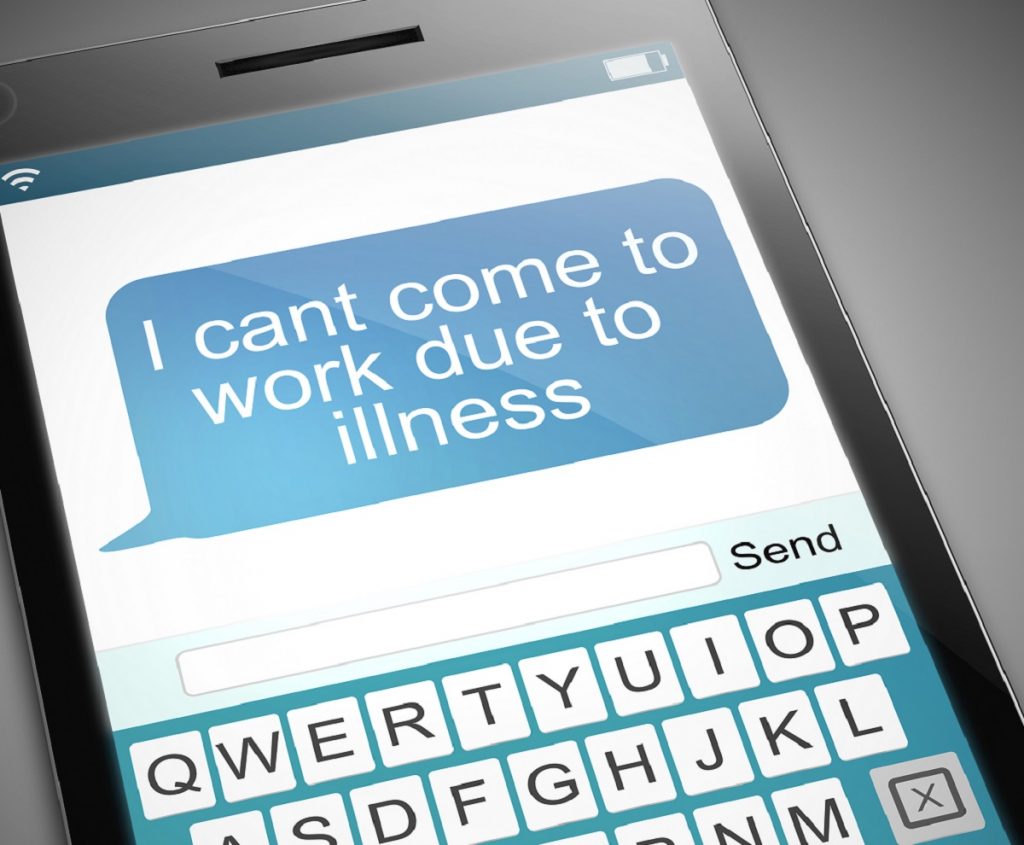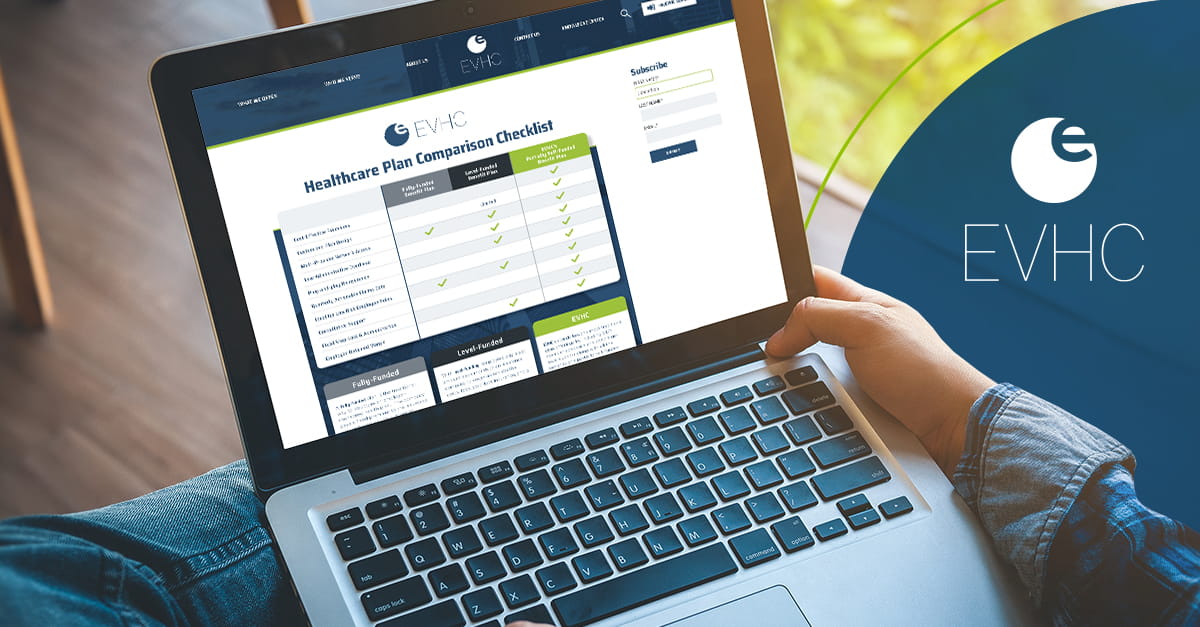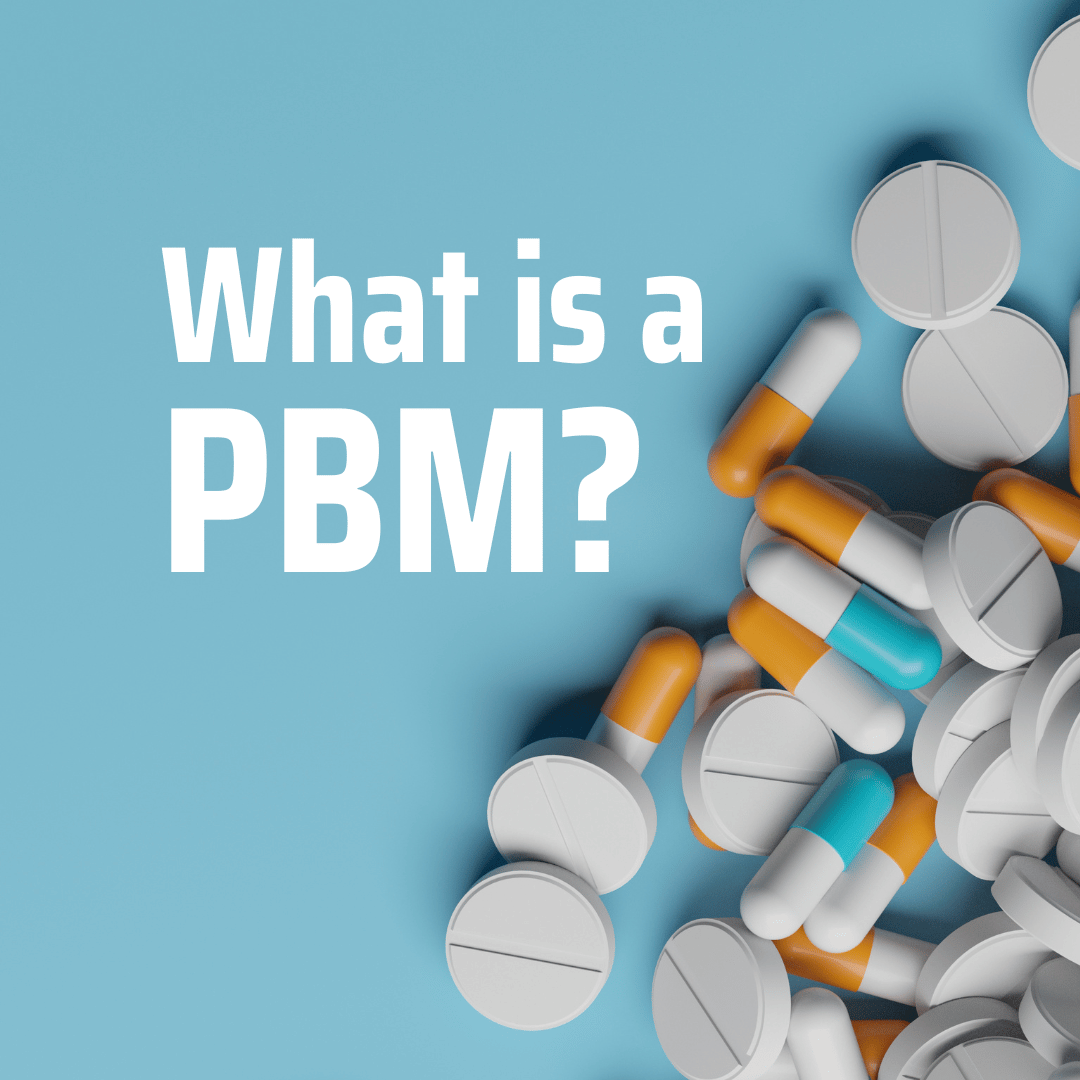It’s that time of year again. Pumpkins decorate the porches in your neighborhood and children start to dream about Halloween costumes. There’s a crispness in the air as the first leaves start to fall – and the first person begins to sneeze in your office.
According to the CDC, businesses will lose over 17 million employee workdays, resulting in nearly $7 billion lost in sick days and productivity – due to influenza. That means the average employer will lose $1,685 per employee. On top of that, another $4.6 billion will be spent on doctor visits, medications, and hospitalization for flu-related illnesses.
This might seem like a lot of money, especially for an illness that is largely preventable.
The CDC estimates that only 45% of the population, but many people have misconceptions about their benefits.
- A flu shot will make me sick. (While there may be soreness, getting the flu is rare and may be due to other causes.)
- It’s better to get the flu than a shot. (Not if your health is compromised, you’re a young child or older adult.)
- I don’t need a flu shot every year. (Immune systems decline over time, so an annual shot is recommended.)
- Flu shots don’t work. (For 2016-2017, it is estimated that shots prevented 3 million illnesses, 2.6 million doctor visits, and 85,000 hospitalizations.)
It’s clear that improving the health of your employees can lead to less absenteeism and increase productivity – just from reducing flu outbreaks in your office.
How can you help your staff prevent flu outbreaks before the season gets started?
- Host an onsite flu vaccination clinic. No one wants to lose time from work to go get a simple flu shot, so why not host an onsite clinic? A 2017 SHRM study indicated that 60% of employers now offer this benefit, and it may be covered under your insurance. If it’s in your budget, consider offering free shots for staff members (and their families). Collect and distribute information about local pharmacies, healthcare providers, and other locations that offer free or low-cost flu shots.
- Publicize Flu & Illness Prevention techniques. It never hurts to remind people to wash their hands, cover their mouth when they sneeze, avoid touching their eyes, nose, or mouth, and avoid contact with others who are sick.
- Remind Sick Employees to Stay Home. One employee who feels under the weather can turn into a widespread illness for everyone. The CDC recommends that workers who have a fever and respiratory symptoms stay at home until 24 hours after their fever (over 100 degrees) ends, without the use of mediation. Other symptoms could include a runny nose, body aches, headache, tiredness, diarrhea, or vomiting.
- Stay in Shape! Encouraging employees to take care of their health with proper diet and exercise improves their immune system and lowers the chance of infection.
Preventing illness is key, what do you do if a widespread illness occurs? As an employer, you are legally responsible for communicable diseases that occur in the workplace.
A comprehensive action plan is a critical part of your HR policy. SHRM recommends:
- Policy. Create an illness notification policy for supervisors, managers, and HR.
- Source. Locate the source of the illness and appropriate response.
- Identify. Understand who is affected, including staff, vendors, and visitors.
- Respond. Determine how to respond, as outlined in your business continuity plan.
- Communicate. Address communication, compliance, and legal responses.
Absenteeism, especially due to the flu, is expensive for employers. Preventing an outbreak – as well as being prepared if one happens – will help reduce your costs and improve your bottom line.
Does your current health insurance plan pay for flu vaccinations? Contact EVHC today and let us help you evaluate your current plan. Discover how a self-insured approach to healthcare can improve your bottom line and employee health.


